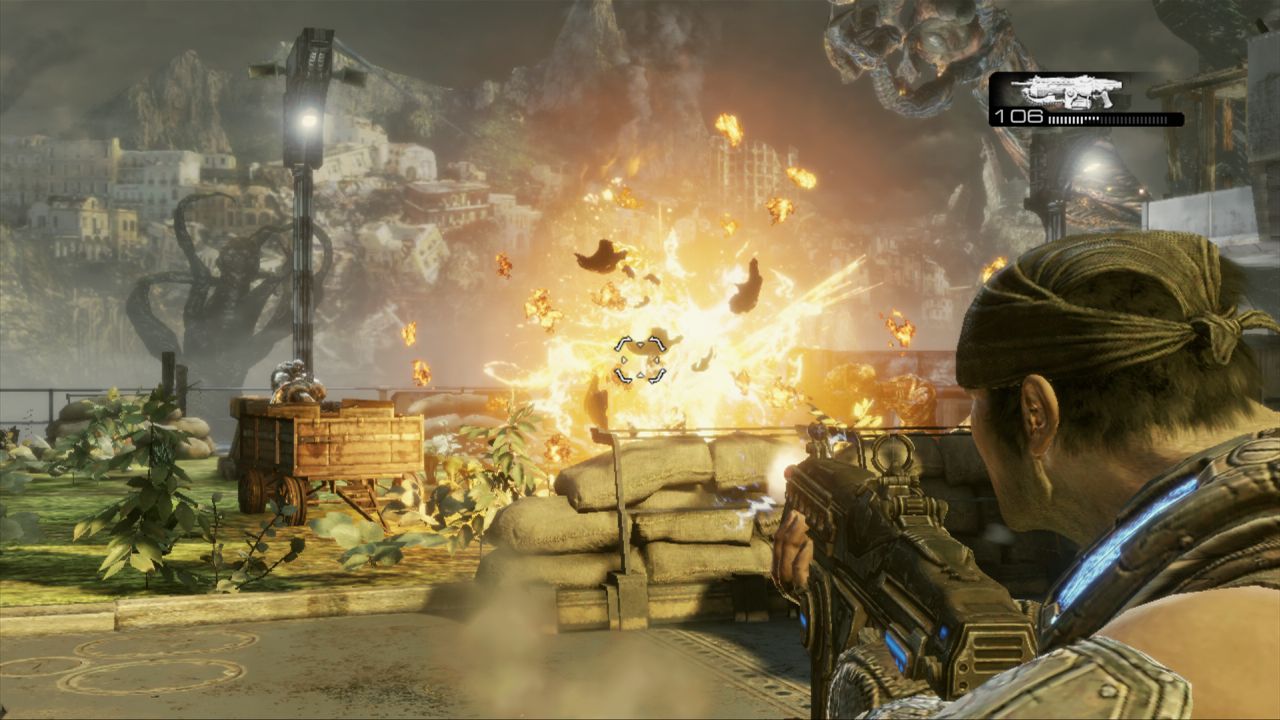


Where it feels old, though, is between games. It’s a ton of fun when you’re in the thick of it. The 19 maps are equitably designed for both sides and meaningfully different from each other, and the controls have actually weathered pretty well.


It’s been spiffed up in a lot of ways, including a zippy new frame rate of 60 fps and a few interface tweaks brought over from Gears of War 3, plus the incorporation of a few new modes, including King of the Hill and Team Deathmatch (though plain old one-life Execution remains my favourite). Speaking of evolution, Gears of War: Ultimate Edition provides a sharp sense of just how far online play has come since early days on Xbox Live. This advertisement has not loaded yet, but your article continues below. Plus, some features that just weren’t that fun or useful to begin with – such as the ability to command team members – have only become more egregious with age. The Coalition made a few changes here and there – you can now switch weapons while running and revive teammates without leaving cover – but if you just finished Gears of War: Judgment and started playing this game you’d likely feel a little frustrated with the stiffer movement and miss the lack of conveniences such as the ability to automatically pick up ammunition while running past it. These systems would go on to by borrowed, mimicked, or downright stolen by many subsequent games over the last nine years.īut these mechanics were subsequently tweaked and improved over the course of two sequels and a prequel, and their original incarnation now seems just a tad clunky. Gears introduced or popularized loads of shooter elements, including: an intuitive cover system and mantling moves active reloading (tapping a button at the right moment to speed the process and earn a perk) and a “roadie”-style crouched run that reduces your character’s profile at the expense of making it harder to turn.


 0 kommentar(er)
0 kommentar(er)
